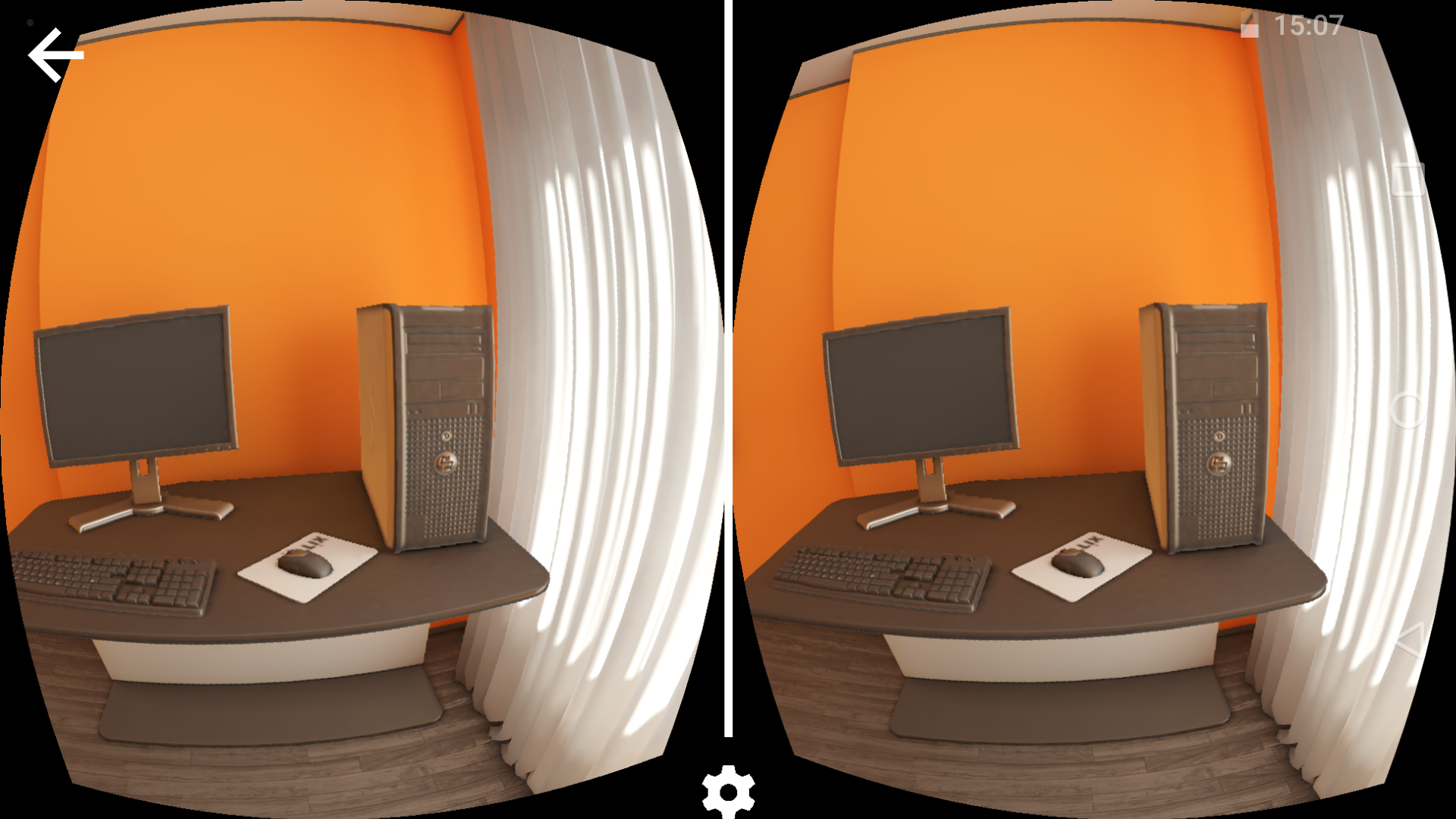XR

PlayCanvasでは、新しいWebXR APIに基づき、および外部統合を通じて、さまざまなデバイス向けのAR(拡張現実)およびVR(仮想現実)アプリケーションを作成できます。
機能
拡張機能を通じてWebXRは常に成長しており、さまざまなプラットフォームで新しいWebXRモジュールや既存のWebXRモジュールの実装が継続的に行われています。PlayCanvas Engineは統合の形でこれらのモジュールへのアクセスを提供するため、それらを扱いやすく、PlayCanvasのシステムとうまく連携します。
現在サポートされているモジュールの一覧を確認できます。
プラットフォーム
WebXRは新しいAPIであり、すべての主要なプラットフォームに徐々に展開されています。最新のサポート状況はcaniuse.comで確認できます。
さらに、WebXR Polyfillを使用することでサポートを実現できます。
モバイルでは、WebXRはAndroidでVRおよびARセッションタイプに対応しています。
HMDでは、Meta QuestなどのデバイスでWebXRはVRおよびARセッションタイプに十分対応しています。Apple Vision Proは、Safariの設定で有効にすると、現在VRセッションタイプをサポートしています。
デスクトップでは、WebXRは現在ChromeとEdgeで動作し、デバイスはSteamVR、OpenXRなど、さまざまなネイティブAPIを介してリンクされます。これにより、デスクトップベースのVRデバイスの大部分がカバーされ、Meta QuestなどのデバイスをSteam Link経由で使用できるようになります。
XRデバイスなしでWebXRをテストする
WebXRでの開発を開始するためにXRハードウェアは必要ありません。WebXR APIをエミュレートするImmersive Web Emulator Chrome拡張機能をインストールできます。これにより、ブラウザのDev Toolsを介してさまざまなヘッドマウントディスプレイとコントローラーをシミュレートできます。
WebXR API Emulator Chrome拡張機能を使用しないでください。これはPlayCanvasと互換性がありません。これがアクティブな場合、PlayCanvasアプリケーションは例外をスローします。
WebXRの開始
XRセッションを開始するには、まずサポートと利用可能性を確認する必要があります。その後、ユーザーの操作に応じてセッションを開始できます。
button.element.on('click', () => {
// XRがサポートされ、VRが利用可能か確認します
if (app.xr.supported && app.xr.isAvailable(pc.XRTYPE_VR)) {
// カメラコンポーネントを提供してVRセッションを開始します
app.xr.start(entity.camera, pc.XRTYPE_VR, pc.XRSPACE_LOCALFLOOR);
}
});